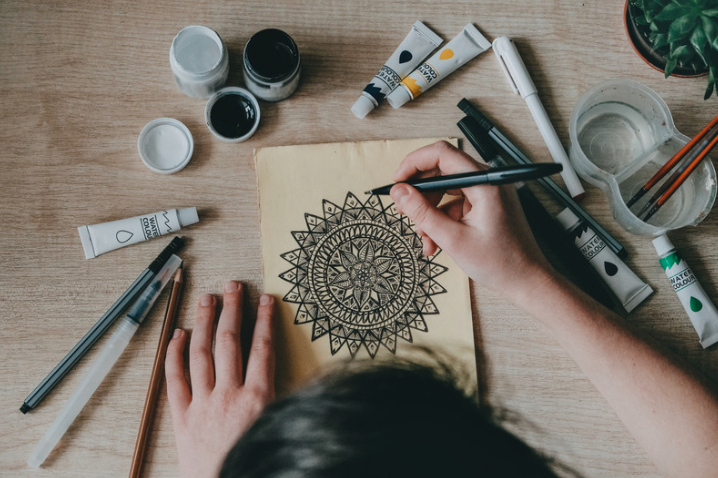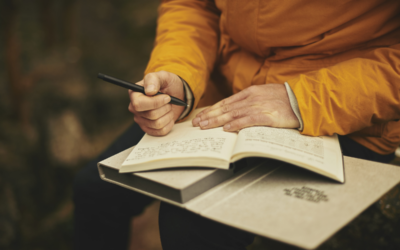

Art as Therapy in Stress Management
Art therapy dates back centuries, but it officially gained recognition in 1940 when doctors acknowledged its mental health benefits. Engaging in artmaking activities has been shown to ease emotional distress and trigger feel-good brain chemicals. In fact, a study revealed a significant reduction in stress hormones just within 45 minutes of artmaking.
Follow us on WhatsApp for the latest updates: https://bit.ly/AsiaMDWhatsAppEN
How art therapy can help you with anxiety and depression:
- Providing a way to reflect on yourself, release emotions, and heal from trauma.
- Distract yourself from troubling thoughts, offering moments of relaxation
- Encouraging mindfulness by being present in the art-making process
- Feel a sense of control over the artistic process, helping to balance out anxiety
- Join group sessions to connect with others, reducing feelings of isolation
- Group sessions foster social interaction and support, reducing feelings of isolation
- Face artistic challenges to improve problem-solving skills and coping strategies, ultimately boosting your self-efficacy and self-esteem
A recent study from the National University of Singapore Mind Science Center looked at how intervention of art therapy over nine months improved memory, attention, psychological well-being, and even showed positive changes in brain scans. Art therapy involved looking at artworks, discussing thoughts and feelings as a group, and creating art (e.g. drawings, sculptures), led by trained therapists in weekly sessions for 3 months and then bi-weekly sessions for the next 6 months.
Choosing the Right Art Therapy for You
When stress gets too much and anxiety takes over, it’s easy to feel overwhelmed by your own thoughts. But art therapy can help you hit pause on those intense feelings and regain a sense of control.
Ever heard of Mindfulness-Based Art Therapy (MBAT)? It combines art and mindfulness, to help you explore yourself and kick anxiety to the curb. Instead of getting stuck in the same old thoughts, MBAT guides you toward a kind and non-judgmental mindset, easing distress and paving the way for personal growth.
And then there’s Expressive Art Therapy. This one’s all about letting it out – stress, emotions, the whole shebang. It’s a free pass to express yourself through art, a great outlet for those dealing with post-traumatic stress. So, why not give it a shot? Your canvas might just become your sanctuary.
Art therapy can be a highly individualized experience. It’s super personal, influenced by personal preferences and sensory inclinations. Experiment with different modalities to find the right fit and consider combining methods. If you want a tailor-made approach, chat with a qualified art therapist. They’ll help you figure out the perfect fit for your artistic journey.
Practical Tips
- Start Small. If you’re new to art therapy, begin with simple activities like colouring books or doodling.
- Set the scene. Create a calm, no-distraction zone for your art therapy sessions.
- Enjoy the ride. It’s all about the journey, not the destination. Focus on letting your emotions out and discovering yourself.
- Stay Consistent. Make art therapy a regular part of your routine.
- Get extra help. If you’re dealing with severe anxiety or stress, consider working with licensed art therapists. They can tweak sessions to fit your unique needs and goals.
This article was fact-checked by Professor Kua Ee Heok, senior consultant psychiatrist at Mind Care Clinic, Farrer Park Hospital, Singapore.







0 Comments